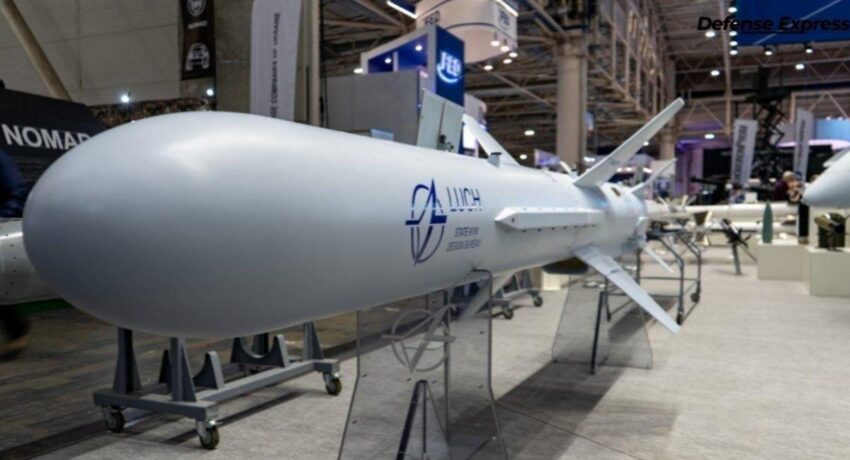Long Neptune Cruise Missile Successfully Tested by Ukraine
Ukrainian President Volodymyr Zelensky has proudly announced the successful testing and operational deployment of an upgraded version of the Neptune cruise missile, named the Long Neptune. This advanced missile boasts an impressive range of approximately 1,000 kilometers (621 miles), allowing it to target enemy positions far beyond previous capabilities.
In a statement delivered during a recent briefing, Zelensky highlighted the significant achievements of the Ukrainian missile program. “Today, we received encouraging reports about our missile advancements. The ‘Long Neptune’ has been tested and utilized effectively in combat,” he said, expressing gratitude towards the Ukrainian developers, manufacturers, and military personnel responsible for this remarkable feat.
Development and Historical Context
The quest to enhance the capabilities of the truck-launched R-360 Neptune missile has been a long-standing endeavor for Ukraine, spanning several years. Initially unveiled in 2021, the anti-ship missile was repurposed for land strike missions in 2023. Notably, the missile previously gained acclaim for its successful role in sinking the Russian Black Sea Fleet flagship, Moskva, in April 2022, and has since been used to target various Russian installations, including the advanced S-400 air defense system.
Developed by Ukraine’s Luch Design Bureau and inspired by the Soviet-era Kh-35 missile, the Long Neptune represents a significant leap forward in Ukraine’s military capabilities. Its ability to engage targets from a considerable distance enhances Ukraine’s strategic options on the battlefield.
Recent Operational Success
The recent combat effectiveness of the Long Neptune is exemplified by a successful strike on March 14 against a Russian oil refinery situated 300 miles (483 kilometers) from the front lines in Tuapse. This operation marks a crucial milestone for Ukraine, demonstrating the missile’s precision and reliability in engaging key infrastructure.
Zelensky’s assertions about the operational success of the Long Neptune underline the importance of technological advancement in Ukraine’s defense efforts amidst ongoing conflict. Such triumphs are vital as the nation seeks to bolster its military capabilities in the face of continued aggression.
Future Plans for Drone Development
In tandem with the ramped-up production of the Neptune missile, Ukrainian Defense Minister Rustem Umerov laid out ambitions to develop long-range missile drones, like the Palianytsia. This move is indicative of Ukraine’s strategy to modernize its military arsenal and adapt to changing warfare dynamics.
Last year, President Zelensky revealed a target to produce 30,000 long-range drones and 3,000 cruise missiles by 2025, showcasing the nation’s determination to enhance its defensive and offensive capabilities significantly.
Ongoing Support from the U.S.
As Ukraine continues to strengthen its military forces, the U.S. is preparing to resume shipments of Ground-Launched Small Diameter Bombs (GLSDB) to the nation. This decision comes in response to reported shortages in the Army Tactical Missile Systems, which serve a similar purpose.
The incoming GLSDBs are reportedly enhanced to withstand Russian electronic warfare efforts, which have previously diminished their effectiveness in combat. This development signifies the ongoing commitment of international partners to support Ukraine in its defense initiatives, ensuring that the country remains equipped to face its adversaries.







